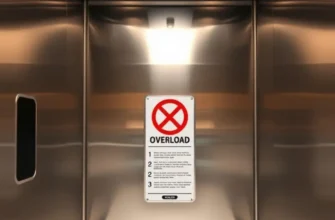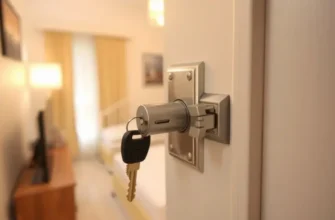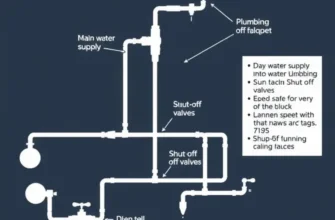Living in an apartment offers many conveniences, but it can present unique challenges in the face of natural disasters like earthquakes. When you’re renting, it’s essential to prioritize your safety and security, as well as that of your belongings. Earthquakes, while often sudden and unpredictable, can be anticipated through thoughtful preparation. Whether you reside in a high-rise or a cozy ground floor unit, being proactive about earthquake readiness will not only protect you but also provide peace of mind. This article aims to guide apartment renters across the U.S. on how to effectively prepare for earthquakes, ensuring you’re equipped with simple, actionable strategies that enhance your safety in unsettling situations. From assessing your environment to creating an emergency plan and maintaining a secure living space, these tips will help you navigate your safety journey with confidence and ease.
Assessing Your Apartment’s Earthquake Vulnerabilities
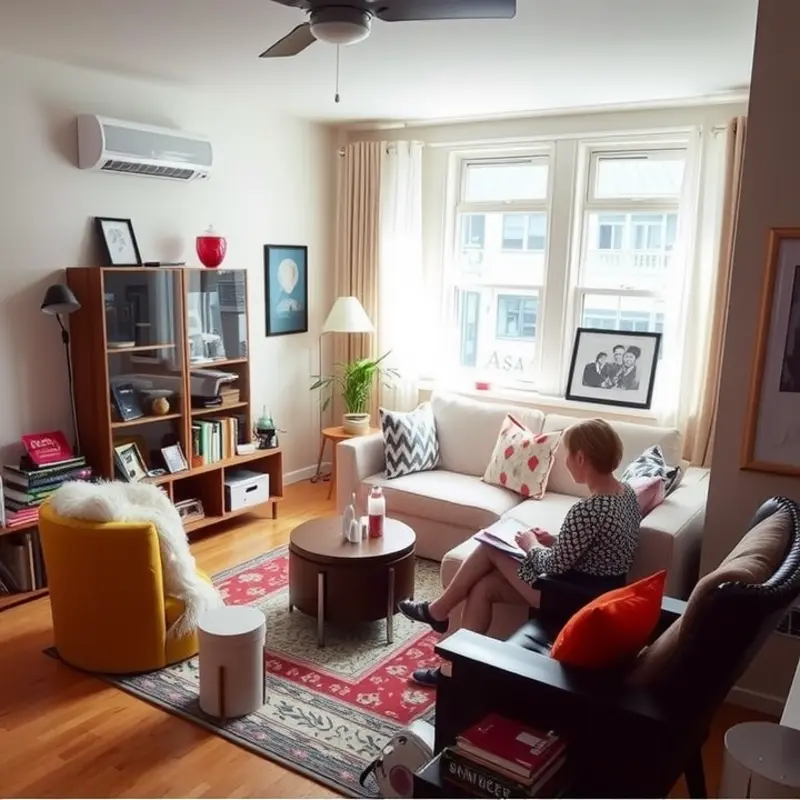
When it comes to earthquake preparedness, understanding potential hazards within your apartment can significantly enhance your safety. Buildings vary in construction and design, and these factors can greatly impact how safe they are during seismic events.
Start by inspecting your furniture placement. Heavy furniture, like bookshelves and cabinets, should be anchored to walls to prevent them from toppling. Use brackets and straps that are both secure and removable, ensuring compliance with rental agreements. This simple measure can prevent serious injury and damage to your belongings.
Check the walls for any large, wall-mounted items. Mirrors, framed pictures, and shelves can become dangerous projectiles if not properly secured. Use earthquake putty or hooks that latch closed for added security. Consider rearranging items, placing heavier objects lower and ensuring they are stable on their surface.
Be mindful of your apartment’s structural elements. Familiarize yourself with load-bearing walls and the overall layout, identifying safe spots you can drop, cover, and hold on during a quake. Ensure these spots are free of hazards like loose wires or clutter. Your goal is to create a clear path to safety, reducing the risk of obstacles during an emergency.
Next, assess the condition of your apartment’s ceilings and fixtures. Loose ceiling tiles or fan blades can be dangerous. Report any concerns promptly to your landlord or property manager for maintenance. It’s essential to address these structural vulnerabilities to minimize risks.
In the kitchen, secure appliances and cabinets. Place anti-slip mats under smaller appliances and use latches on cabinet doors to keep them closed during a tremor. Organize heavy items on lower shelves, reducing the chance of them falling.
For a comprehensive review of small-space storage solutions, consider checking guides on DIY renter-safe utensil storage to maximize space without compromising safety. Discover ideas here.
Finally, keep emergency supplies easily accessible. Store a first aid kit, flashlight, and other essentials in a designated spot known to all household members. Regularly check and update these supplies to ensure they are ready for use during an emergency. By proactively assessing and addressing these vulnerabilities, you’ll establish a strong foundation for protecting yourself and your household during an earthquake.
Creating a Hassle-Free Emergency Plan
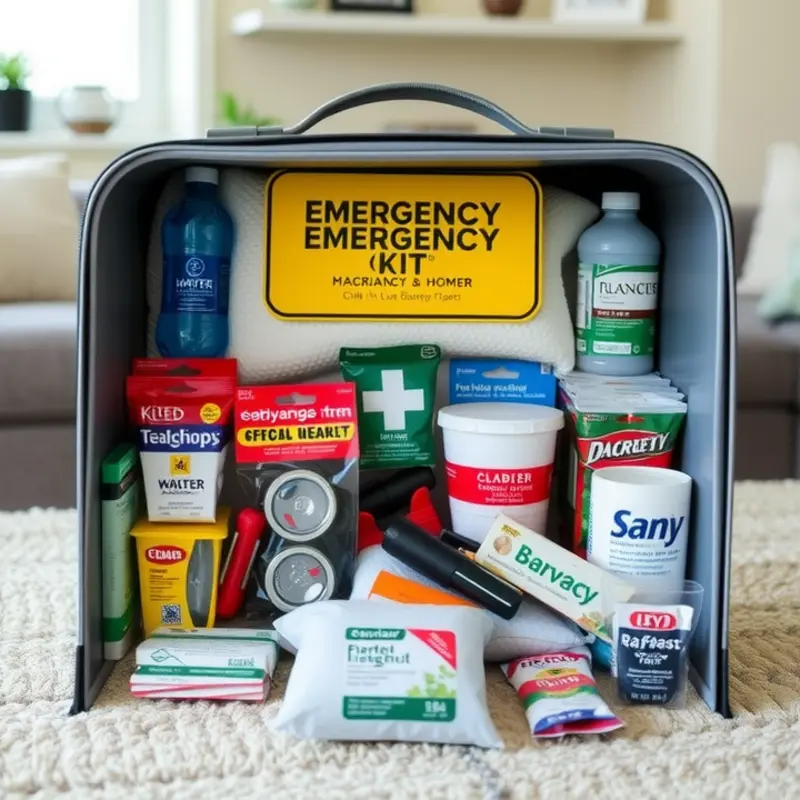
Earthquake preparedness requires not just awareness, but also an actionable plan that fits your lifestyle as a renter. By incorporating specific components such as an emergency contact list, evacuation routes, and supply kits, you can ensure your safety and that of your household members. Here’s how you can develop a straightforward, effective emergency plan.
One of the first steps is to compile an emergency contact list. This should include family, friends, local emergency services, and your landlord or building manager. Ensure that you and all occupants have these contacts saved on their mobile devices and displayed prominently within your apartment. Regularly verify and update this list to maintain its accuracy.
Next, familiarize yourself with evacuation routes. As a renter, you may be constrained by the building’s architecture, so it’s essential to identify several safe exit routes in advance. Talk with your building manager if you are unsure about the designated evacuation paths or safe assembly areas. Practice these routes with your housemates to ensure everyone can evacuate quickly and calmly. Don’t forget to account for any pets in your plan, making sure they have a safe, accessible carrier for evacuation.
Having a well-stocked emergency supply kit is crucial. This should include essentials such as non-perishable food, water, first aid supplies, flashlight with extra batteries, and any necessary medications. Consider your personal needs and select items accordingly—remember, customization is key. Store this kit in a location known to all occupants, ensuring it’s easy to grab-and-go in the event of an earthquake.
Communication is another essential element of earthquake preparedness. Discuss your emergency plan with all members of your household, ensuring that everyone understands their role during an evacuation. Open a dialogue about potential scenarios and ask for input on what could make the plan more effective. If you share your apartment with pets, make sure everyone knows how to secure them quickly in emergencies. Practicing regular evacuation drills and refreshing your planning efforts can build confidence and coordination.
For more detailed tips on adjusting your living space to suit these preparations, visit this guide on renter-safe solutions. Here, you will find ways to incorporate safety features into your apartment without compromising the lease agreement.
An emergency plan is more than a checklist; it is a living strategy that requires attention and adaptation. Integrating these steps into your routine not only strengthens your readiness for an earthquake but also fosters a proactive attitude toward any emergency. This approach sets the foundation for a safer, hassle-free apartment living experience.
Final words
Preparation is key to feeling secure in your apartment, especially in areas prone to earthquakes. By evaluating your living environment and creating a comprehensive emergency plan, you significantly enhance your safety and peace of mind. Simple actions, like securing furniture and preparing a well-stocked emergency kit, can ensure that you and your loved ones are ready to act quickly and effectively. Embrace these safety strategies, and you’ll not only be prepared in case of an emergency but also foster a proactive mindset that contributes to your overall well-being. Remember, safety doesn’t have to be complicated—just practical and informed.




